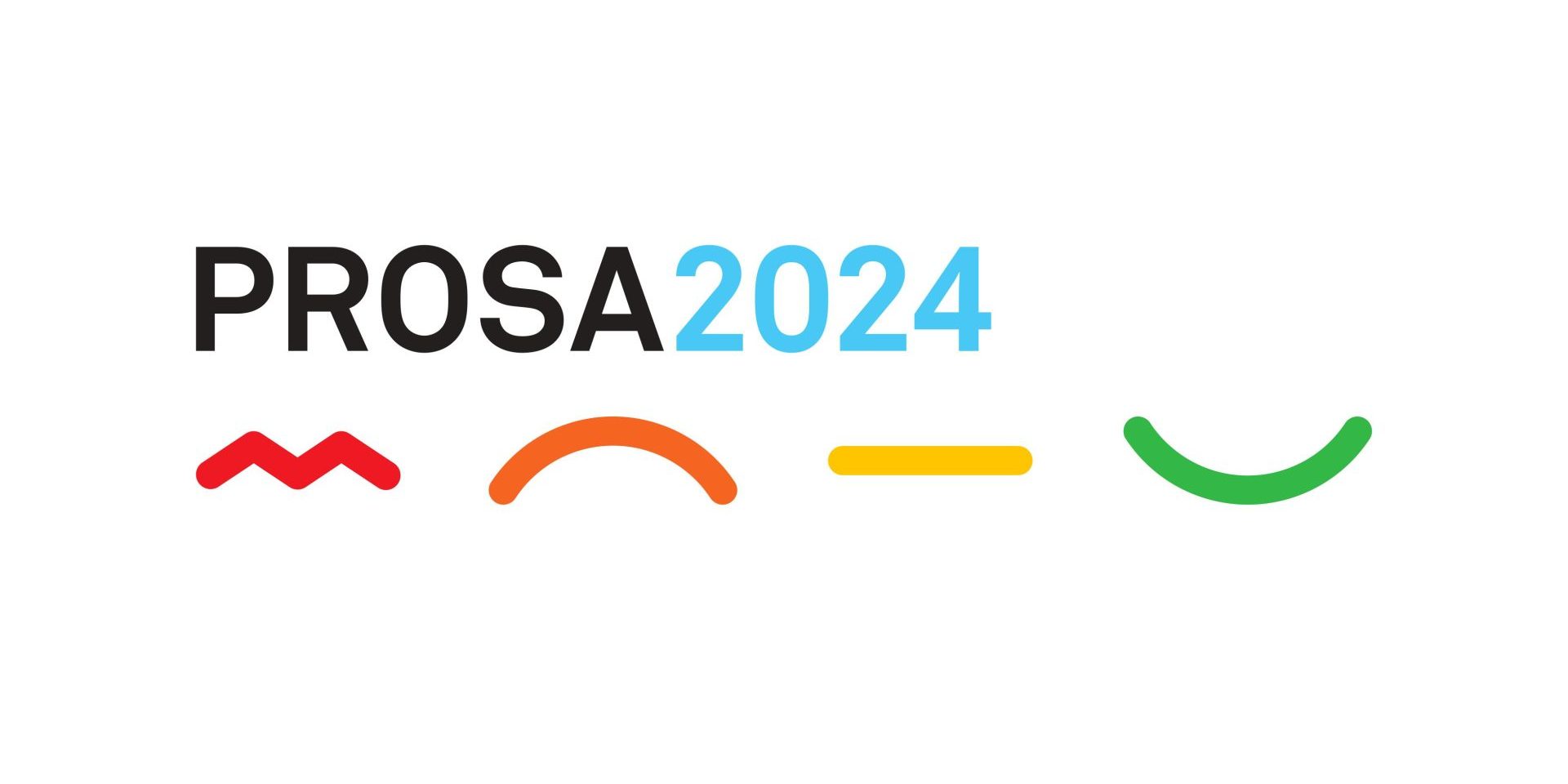On December 3-4, 2020 the first PROSA Webinar Series took place.
Each webinar took 90 minutes and included 60 minutes of 3 short state-of-the art lectures, followed by a 30 min interactive discussion.

(re)watch webinar series
Missed the PROSA2020 Webinar Series?
Please register by clicking the button below to have free access to the Webinar Series!
speaker questions and answers
During the PROSA2020 Webinar Series all particpants had the chance to ask questions to the speakers. Please find all the questions and answers below.
PROGRAM
Thursday December 3, 2020
Duration: 90 minutes
Chair: Dr. Cyril Sahyoun
Topics:
1. Non-pharmacological strategies for MRI scanning in children (Dr. Marjolein Verly; Leuven/Belgium)
2. Changing the Talk of Town – hospital implementation of a therapeutic communication program (Dr. Stéphanie Gollut; Geneva)
3. VR- a novel measure in pediatric procedural pain distraction (Dr. Søren Walther-Larsen; Copenhagen/Denmark)
Friday December 4, 2020
Duration: 90 minutes
Chair: Dr. Silvia Bressan
Topics:
1. Fasting Before Procedural Sedation: A report from the International Committee for the Advancement of Procedural Sedation (ICAPS) (Dr. Mark Roback; Colorado/USA)
2. Dexmedetomidine for Procedural Sedation: meet the new friend (Dr. Giorgio Cozzi; Trieste/Italy)
3. Nitrous OxidePLUS Sedation: expanding the horizon (Dr. Piet Leroy; Maastricht/The Netherlands)
CHAIRS
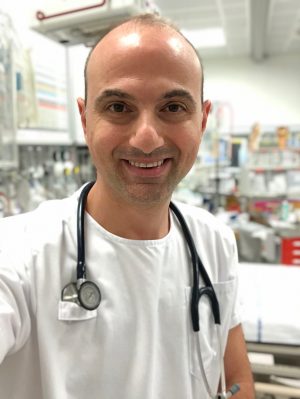
DR. CYRIL SAHYOUN
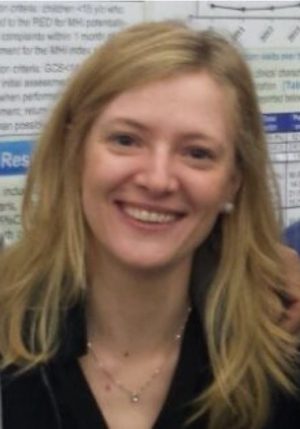
DR. SILVIA BRESSAN
SPEAKERS
THURSDAY DECEMBER 3, 2020

DR. MARJOLEIN VERLY
Postdoctoral researcher, KU Leuven,
Leuven, Belgium
Non-pharmacological strategies for MRI scanning in children
Medical imaging of infants and children can be very challenging especially when working with young children. To improve the well-being and cooperation of the child and their families and to reduce motion artifacts, we developed a new approach, called the space training protocol. This space training protocol aims to make the scanning session a pleasant experience for children by immersing them in a story about a cosmonautic adventure. Furthermore, this protocol was designed to achieve a successful acquisition in a time and resource efficient manner, without the use of a mock scanner, lengthy preparation procedures or repeated visits to the hospital. We present you this space training protocol as well as several general guidelines and MRI specific approaches to guide researchers and clinicians during imaging sessions with awake young children.
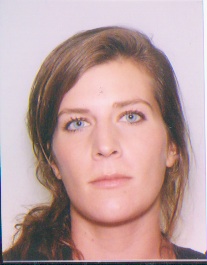
DR. STÉPHANIE GOLLUT
Fellow in general paediatrics
Hypnosis practitioner for outpatient and hospitalized children
Member of the child protection unit
Children's Hospital of Geneva, Switzerland
Changing the Talk of Town – hospital implementation of a therapeutic communication program
We are continually communicating with patients and families even when we are not saying anything.
What do we call therapeutic communication? Does the way we communicate really matter? Why should I
put some more attention on my communication and on the strategies I choose? What should I do to
improve the child’s comfort and promote coping? What am I doing and is it helping/harming the child?
What kind of tools are going to be helpful? As children’s coping outcomes are also linked to parents’
behavior, what can we encourage as coping-promoting behaviors?
This presentation will give you some answers and some tools to reach the optimal strategies to help the child cope during care. It will also touch upon establishing a training program in therapeutic
communication program and report on its impact.

DR. SØREN WALTHER-LARSEN
M.D., consultant, pediatric anesthesia, pain and palliative care.
Rigshospitalet, University Hospital of Copenhagen, Denmark
VR- a novel measure in pediatric procedural pain distraction
Procedural pain is a cause of significant pain and anxiety in children. In a Danish survey more than half of children in pain during their hospital stay mentioned procedural pain as a significant source. Distraction is a powerful measure in modifying the pain experience. In this contribution to the PROSA webinar Virtual Reality VR is presented as a novel measure in distraction and an innovative way of improving the experience for the child especially during painful procedures.
FRIDAY DECEMBER 4, 2020

DR. MARK ROBACK
Section Head, Emergency Medicine at Children’s Hospital Colorado & Professor at the Department of Pediatrics, University of Colorado School of Medicine, United States
Fasting Before Procedural Sedation: A report from the International Committee for the Advancement of Procedural Sedation (ICAPS)
The multidisciplinary International Committee for the Advancement of Procedural Sedation (ICAPS) presents the first fasting and aspiration prevention recommendations specific to procedural sedation. This presentation reviews the ICAPS statement which is based on an extensive review of the literature and has found that fasting practice often substantially exceeds recommended time thresholds and does not guarantee an empty stomach. Despite this, the risk of aspiration with procedural sedation is very low. We will review aspiration risk, the impact of preprocedural fasting and make review recommendations based on risk-stratification (i.e. patient characteristics, comorbidities), nature of the procedure and sedation technique planned.
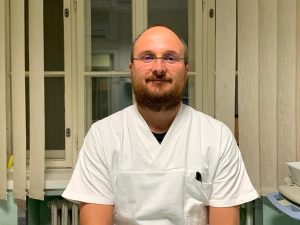
DR. GIORGIO COZZI
Pediatrician at the Pediatric Emergency Department, Institute for Maternal and Child Health IRCCS Burlo Garofolo, Trieste, Italy
Dexmedetomidine for Procedural Sedation: meet the new friend
In the last years, despite the lack of approved pediatric labelling, dexmedetomidine has become more and more used in pediatric clinical practice outside the operating room and the intensive care setting. Its ability to maintain the respiratory drive without influencing the upper airway morphology in children, made the use of dexmedetomidine a very attractive option for pediatricians. This lecture will provide a brief overview of the pediatric literature and the possible clinical applications of dexmedetomidine for pediatric sedation outside the operating room, with particular attention to the pediatric emergency setting.
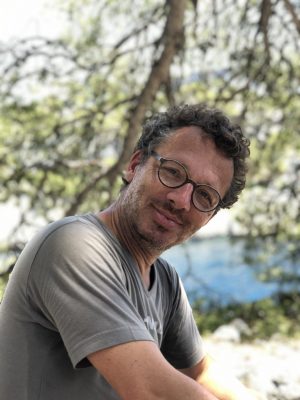
DR. PIET LEROY
Dr. at Maastricht University Medical Centre (MUMC+), Maastricht, The Netherlands
NitrousOxidePLUS sedation for common pediatric procedures. Expanding the N2O-horizon
Nitrous oxide (N2O) is a well-established and safe technique in the toolbox for procedural sedation and analgesia in children. The compound on its own, however, has limited sedative and analgesic properties. In addition, adequate cooperation with and acceptance of the inhalational mask are crucial conditions for success. In this case-based lecture we explain, by use of illustrative video material, both non-pharmacological as well as pharmacological strategies that might safely enhance N2O’s therapeutic effectiveness.
